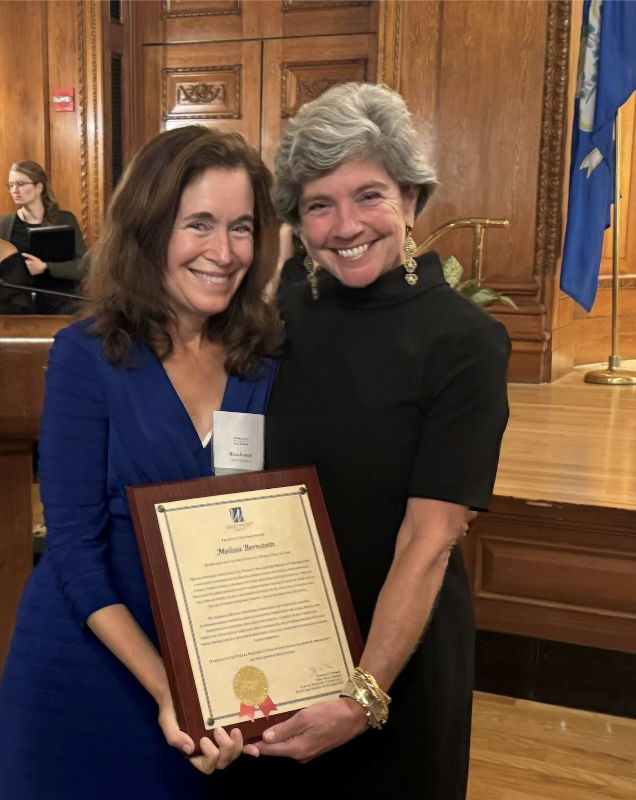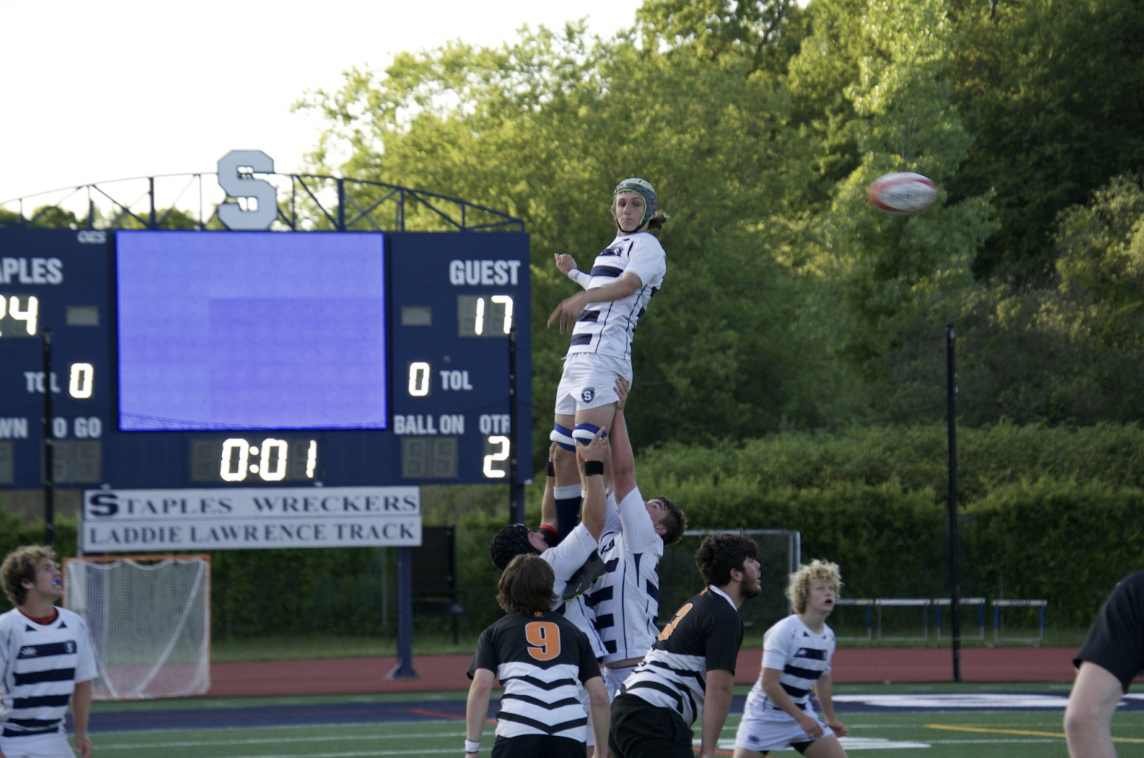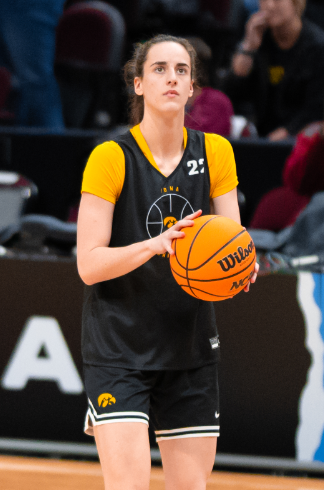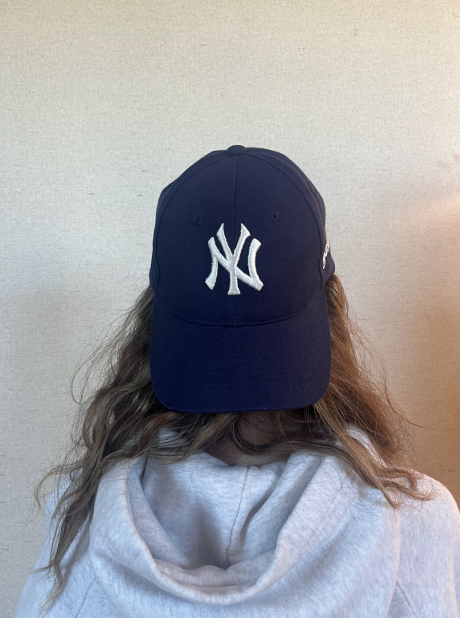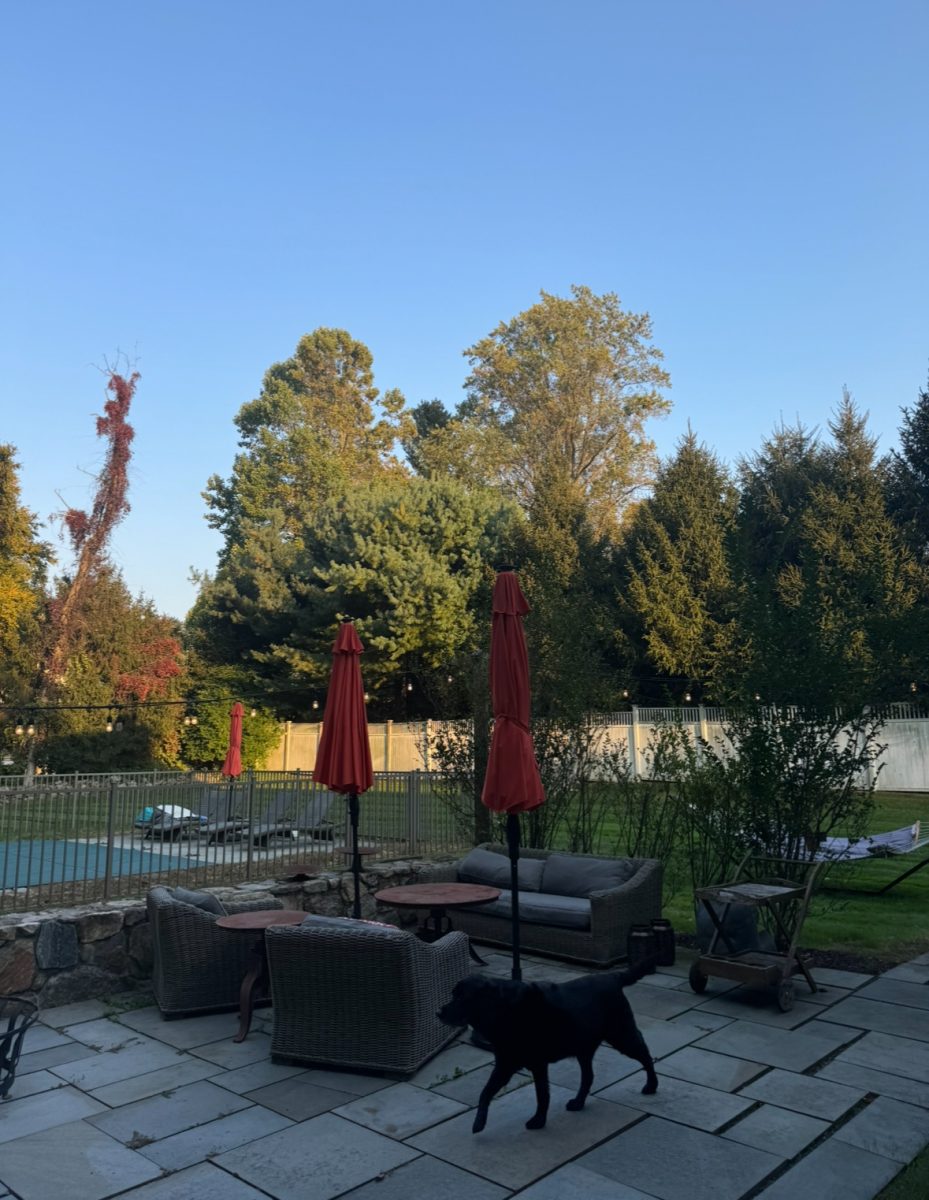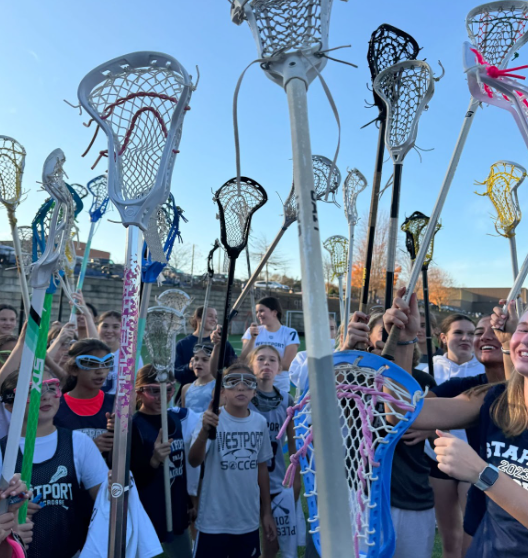Generating Realistic Terrain with Pseudo Random Noise Based Algorithms. Increasing the Efficiency of Aircraft Using Shark Scales as a Model. Spatial and Color Recognition in Carassius Auratus Auratus.
There is only one place at Staples where these experiments are thought of, much less researched and conducted.
The Advanced Science Research science elective, otherwise known as ASR, taught by science teachers Nicholas Morgan and Michele Morse, is filled with these exotic yet mindboggling projects from the year students enter the course as sophomores until they graduate.
But how on earth do these teenagers come up with such complex experiments? It is not as complicated as you might think.
“Sophomore year you do a ton of research,” Matt Smith ’13 said. “You find a subject you’re interested in and you look at more in-depth articles and journals which you can build off of and create your own project.” Some of the websites the students use to find these articles are Ebsco Host, Science Daily, and GREENR to name a few.
The class might be moving a bit faster this year, however.
“The incoming sophomores seem to be more focused with an idea of what projects they are interested in pursuing,” Morse said. This could lead to more developed projects sooner, and thus those students could be moving into the actual conducting phase faster than usual.
Some of the projects directly relate to life at Staples.
“I’m seeing if certain extracurricular activities raise or lower adolescent self-esteem,” Rachel Paul ’14 said about her project entitled The Relationship Between Extracurricular Activities and Adolescent Self-esteem. “For example, kids who have high self-esteem would try out for a varsity sport,” she noted.
Others seem completely random, like Generating Realistic Terrain with Pseudo Random Noise Based Algorithms,which is Adam Ashwal’s ’14 idea. In plainer English, it is “creating three dimensional mountains that match characteristics found in real world mountains,” he said.
Not only is the ASR class fun for those involved, but it also leads to real world opportunities.
“This past summer, I was accepted into the program, ‘Discovery to Cure’ at Yale, where I conducted research in the Obstetrics, Gynecology, and Reproductive Sciences Department at the Yale Medical School,” Jillian Pecoriello ’12 said. “This was the most amazing experience ands if I had not been in ASR, I would have never even heard about this program.” Pecoriello was finishing her research for her project, which deals with preeclampsia, a fatal pregnancy disease.
Summer vacation does not mean a break for these dedicated students. Pecoriello made the approximately 40-minute trek up to Yale countless times last summer, while Ash Natarajan ’12 will be doing that this coming June.
Natarajan’s project is about “scalp melanomas, and whether they have a higher rate of in-transit metastasis than lower extremity melanomas by considering factors such as lymphatic mapping, sentinel lymph node biopsies, an tumor categorization based on TNM stages,” she said.
For the non-seniors, their potential careers may be difficult to predict solely based on their projects.
However, for Pecoriello, she now knows what she wants to do post-Staples. “I learned a lot about what I would like to do in college and beyond because of taking ASR,” she said. “I know that I want to continue to conduct research in college and I also know that I want to pursue a career in the health field.”
There are several reasons why students continue to enlist in the class. For Natarajan, it’s quite simple. “I personally really enjoyed it because I was learning about things that I wanted to learn about,” she said. “No regulations or guidelines as to what you are allowed to research, of course within the bounds of reason, and actually applying them through conducting research.”
It may sound like a lot of work, but students would not take this course and study the same ideas for three years if it wasn’t enticing and genuinely fun. “ASR is the best class I took in high school,” Pecoriello said.



